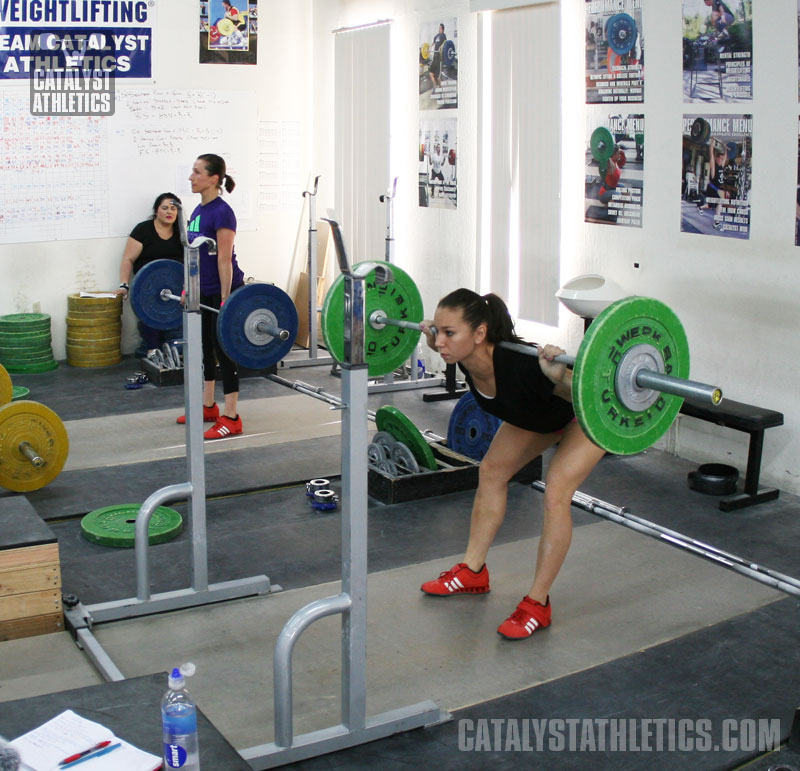watchnerd
Level 8 Valued Member
As I'm starting my summertime 12 week O-lifting GPP (competition prep cycle will start 3rd week of September), I thought I'd share this chart on Olympic weightlifting competency levels.
These aren't adjusted for age; this is for all ages. Numbers for Masters lifters change dramatically.
Unadjusted for age, I'm currently a Level 2 109 kg-class lifter. I'll be in a new bracket this year, a "young" 50 in the 50-55 bracket. I'm getting a DEXA scan tomorrow to help me decide if I want to compete at 102 kg or 109 kg.
What some may find interesting is that the bodyweight / squat ratio doesn't start exceed to 2:1 until you get to the top tiers.
These aren't adjusted for age; this is for all ages. Numbers for Masters lifters change dramatically.
Unadjusted for age, I'm currently a Level 2 109 kg-class lifter. I'll be in a new bracket this year, a "young" 50 in the 50-55 bracket. I'm getting a DEXA scan tomorrow to help me decide if I want to compete at 102 kg or 109 kg.
What some may find interesting is that the bodyweight / squat ratio doesn't start exceed to 2:1 until you get to the top tiers.
Last edited:

